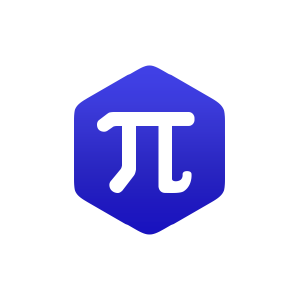10.4: Solving Quadratic Equations Using the Method of Extraction of Roots
( \newcommand{\kernel}{\mathrm{null}\,}\)
The Method Of Extraction Of Roots
Quadratic equations of the form
To solve
We now have two replacements for
The Nature of Solutions
For quadratic equations of the form
- If
is greater than or equal to zero, the solutions are . - If
is negative, no real number solutions exist. - If
is zero, the only solution is .
Sample Set A
Solve each of the following quadratic equations using the method of extraction of roots.
Check:
Check:
Check:
Solve
Calculator Problem:
Solve
Rounding to the nearest hundredth produces
The radicand is negative so no real number solutions exist
Practice Set A
Solve each of the following quadratic equations using the method of extraction of roots.
- Answer
-
- Answer
-
- Answer
-
Solve
- Answer
-
Solve
- Answer
-
Solve
- Answer
-
Sample Set B
Solve each of the following quadratic equations using the method of extraction of roots.
Practice Set B
Solve each of the following quadratic equations using the method of extraction of roots.
- Answer
-
- Answer
-
- Answer
-
- Answer
-
- Answer
-
Exercises
For the following problems, solve each of the quadratic equations using the method of extraction of roots.
- Answer
-
- Answer
-
- Answer
-
- Answer
-
- Answer
-
- Answer
-
- Answer
-
- Answer
-
- Answer
-
- Answer
-
- Answer
-
- Answer
-
- Answer
-
For the following problems, solve for the indicated variable.
- Answer
-
- Answer
-
- Answer
-
- Answer
-
- Answer
-
For the following problems, solve each of the quadratic equations using the method of extraction of roots.
- Answer
-
- Answer
-
- Answer
-
- Answer
-
- Answer
-
- Answer
-
- Answer
-
Calculator Problems
For the following problems, round each result to the nearest hundredth.
- Answer
-
- Answer
-
- Answer
-
Exercises For Review
Graph the linear inequality

Solve the fractional equation:
- Answer
-
Find the product:
Solve
- Answer
-
Solve


